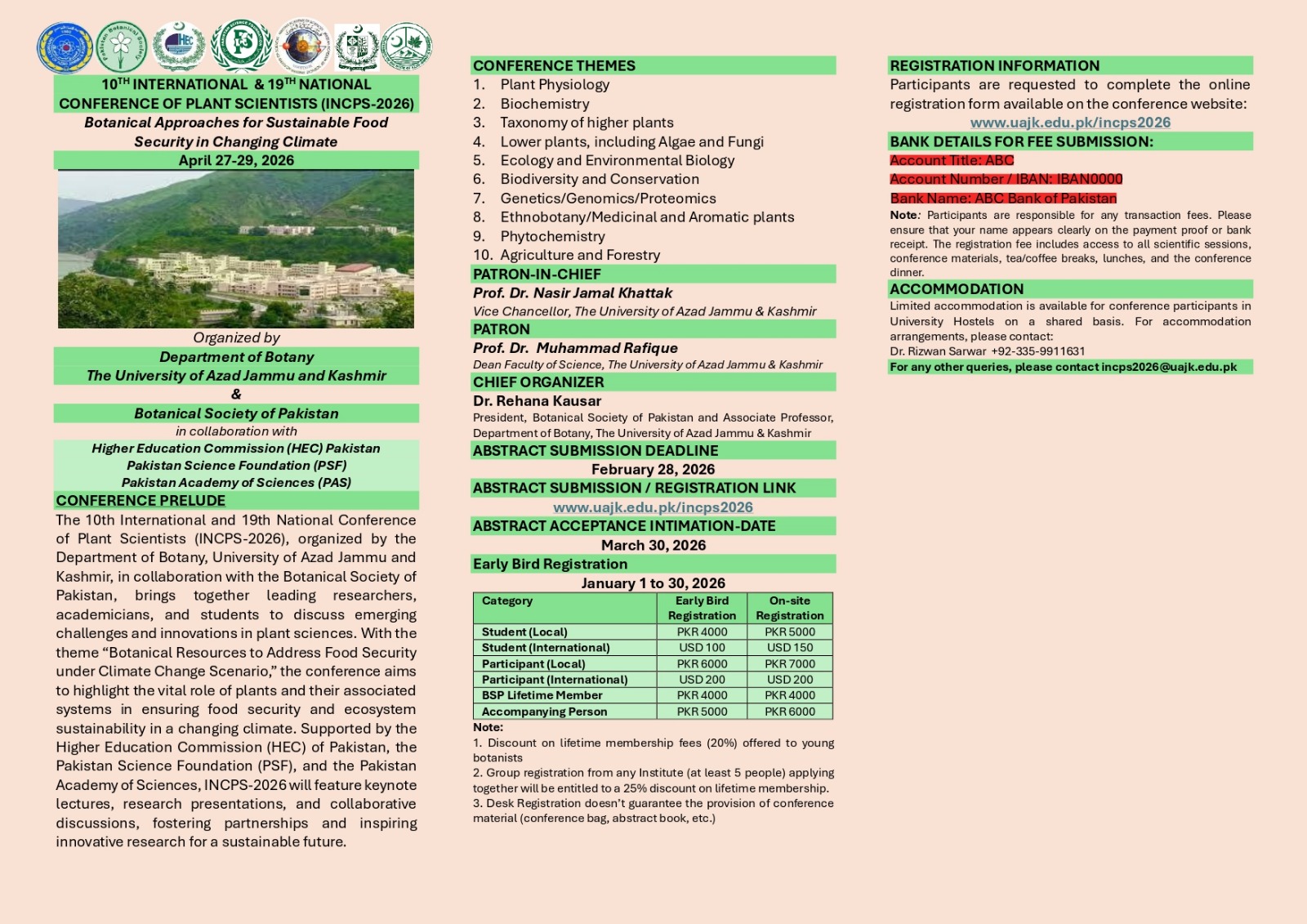
PJB-2014-243
EFFECTS OF NITROGEN AND IRRIGATION ON GLUTEN PROTEIN COMPOSITION AND THEIR RELATIONSHIP TO “YELLOW BERRY” DISORDER IN WHEAT (TRITICUM AESTIVUM)
BENJAMÍN RAMÍREZ-WONG1, FRANCISCO RODRÍGUEZ-FÉLIX1*, PATRICIA I. TORRES-CHÁVEZ1, CONCEPCIÓN L. MEDINA-RODRÍGUEZ1, EDITH A. MATUS-BARBA1,2 AND ANA I. LEDESMA-OSUNA1
Abstract
In Mexico and the rest of the world, the presence of “yellow berry” (YB) in wheat grains (Triticum aestivum) has been related with poor quality, this defect is associated with low protein content in the grains. However, the quality of the wheat depends not only on the protein content, but also on the composition of the gluten proteins. The effect of the various agronomic factors on the composition of wheat gluten has been a subject of study worldwide. However, in Mexico, wheat quality still remains an issue, as there is a lack of knowledge regarding the optimal agronomic conditions to produce wheat with good-quality gluten. For this reason, the effects of nitrogen (N) rates and irrigations on the amount of gliadin subclasses, glutenin subunits (two main groups) and grain protein content as well as the relation of these proteins to the YB content in wheat grains were investigated. The experiment was conducted on arable farmland in the Valley of Empalme, Sonora, Mexico (27º 58’ N, 110º 49’ W; 10 m altitude), during the fall-winter period of 2009-2010. Tarachi, the hard wheat cultivar studied, was selected for its relative susceptibility to the presence of elevated YB content in mature wheat kernels. Three levels of N (75, 150 or 250 kg ha-1) and three levels of irrigation (1, 2 or 3 auxiliary irrigations) were studied. Using a N rate of 150 kg ha-1 with 3 auxiliary irrigations, wheat with good-quality gluten was obtained. The results suggest that the YB disorder is primarily related to the amount of protein in the wheat grain.
To Cite this article:
Download PDF

